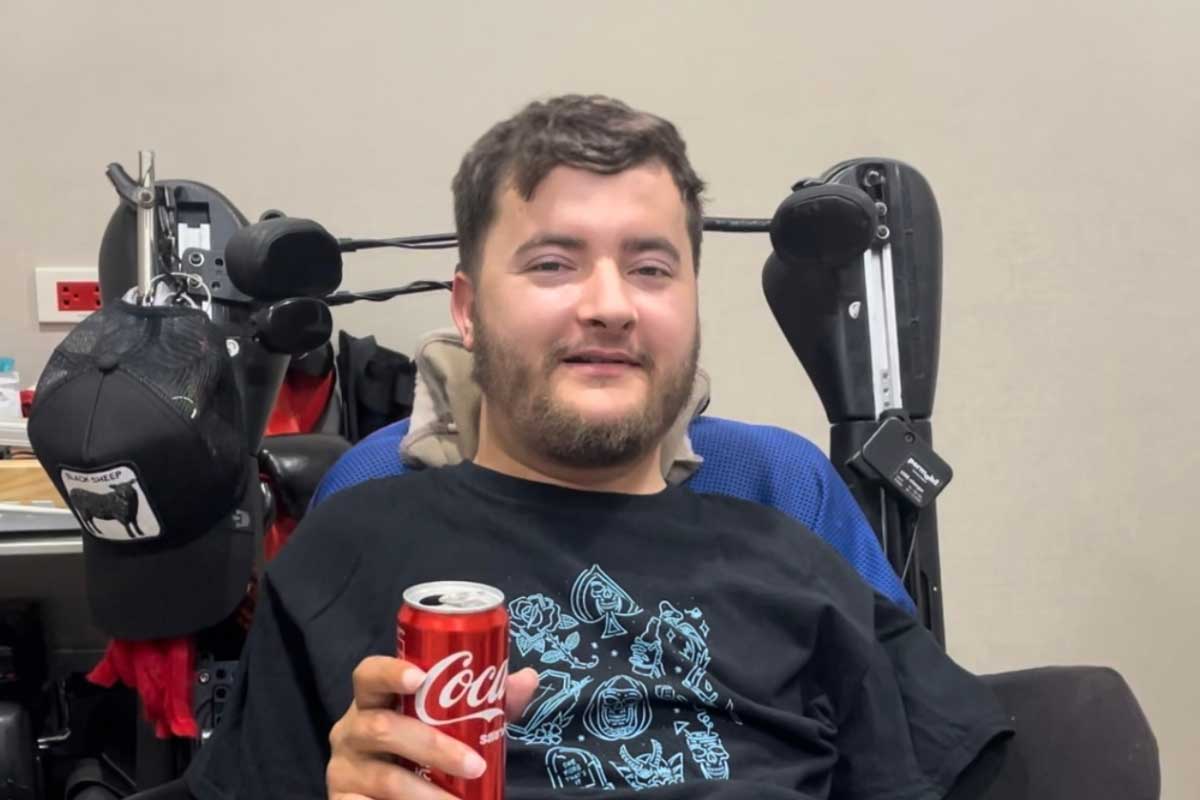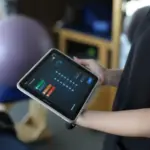Spinal cord injury is a debilitating medical condition resulting in significantly impaired physical health. WHO estimates that there are more than 1.5 million people currently living with SCI globally with an annual incidence rate of around 5 cases per million population in the United States. Cervical spinal cord injuries, resulting in complete and incomplete tetraplegia roughly account for 60% of all of the SCI patients with C5-6 being the most common location of the injury among all tetraplegic patients. Patients who sustained cervical spine trauma present with various degrees of loss of upper limb functions, respiratory function and autonomic dysfunction depending upon the location, cause and nature of the spinal cord injury. A great majority of the patients with cervical spinal cord injury also present with neuropathic pain and spasticity. The socio-economic cost for cervical spinal cord injury survivals is significantly higher than those suffering from paraplegic spinal cord injury, mostly due to the fact that these patients depend, fully or partially, on carers for their activities of daily life. Moreover, many patients with cervical and higher thoracic injuries are prone to developing autonomic dysfunction requiring more frequent hospital visits. Many patients with higher cervical injuries also require mechanical ventilation, at least during the early phase of their recovery, and some patients depend on mechanical ventilation for their whole life.
Causes of Cervical spinal cord injuries
The most common cause of cervical spinal cord injury is traumatic insult to the spinal cord including motor vehicle accidents, falls, sports accidents and violence. The lower cervical spine (lower part of the neck) is the most common part affected by these injuries. The less common causes of cervical spinal cord injuries include ischemia or hemorrhage, spinal cord tumors and traumatic brain injuries resulting in brainstem and upper cervical spinal cord injuries.
Complete and Incomplete Tetraplegia
The loss of upper body and autonomic functions is directly correlated with the location of the injury, cause of the injury and severity of the injury. Injuries involving cranio-cervical junction (C1-2) and upper cervical spine (C3-4) are more likely to present with diaphragm paralysis caused by injury to the phrenic nerve motor neurons at C3 and C4 levels. These patients also exhibit complete loss of functions in upper limbs and require mechanical ventilation with or without tracheostomy, some throughout the life. Patients with lower cervical injuries (C5-7) usually retain or regain the diaphragm functions however still exhibit severe loss of upper body function, many to the extent where they require 24 nursing services or carer for the activities of their daily life. Many patients with cervical injuries also suffer from autonomic dysreflexia and are prone to severe fluctuations in blood pressure levels, and body temperature dysregulation. A great majority of the patients also suffer from moderate or severe neuropathic pain, particularly in their upper extremities. Some patients with lower cervical injuries such as C7 level partially retain hand and finger function and are partially or fully independent in the ADLs.
Epidural Spinal Cord Stimulation for Tetraplegic Spinal Cord Injuries
Epidural spinal cord stimulation is the most innovative treatment option available to many SCI survivors. This option includes the implantation of a neurostimulator into the epidural space over a specific part of the spinal cord. Many patients with cervical spinal cord injuries such as those suffering from complete or near complete tetraplegia require the implantation of two neurostimulators. The first stimulator is implanted over the lower cervical spinal cord, roughly at C7-T1 level to target the network of nerves responsible for upper body motor function and the 2nd device is implanted over the lumbar spinal cord (roughlyT12) to target the motor function in lower limbs. This option provides the most comprehensive approach which allows for the simultaneous recovery of both upper and lower limb motor function.
Epidural Stimulation at Verita Neuro
Verita Neuro the only treatment provider offering a combined approach of implantation of two simulators simultaneously. During the surgery, laminectomies are performed to reach the epidural spaces at lower cervical and lumbar levels to implant a 16-electrode array into the epidural space. These electrodes cover all of the spinal segments responsible for upper and lower limb functions. After the surgery, a comprehensive mapping process is starting which involves using specific electrical intensities, specifically targeting various muscles in the upper and lower body. During an advanced stage both stimulators are mapped together to stimulate the muscle functions in upper and lower limbs simultaneously.
Success Stories of Epidural Stimulation treatment for Quadraplegic patients
So far, Verita Neuro has treated more than 30 patients with tetraplegia at both our hospitals in Bangkok, Thailand, and Guadalajara, Mexico, using this combined approach. The great majority of these tetraplegia patients have reported moderate or significant improvements in both upper and lower limb functions.
Quadriplegic patient: Karen, C4-C5 complete
Quadriplegic patient: Bryce, C5 complete
Quadriplegic patient: Nikita, C4 complete
Quadriplegic patient: Marcin, C3, C5, and C6 incomplete
Quadriplegic patient: Karlo, C4 incomplete
Quadriplegic patient: Mike, C4-C5 complete
References
- Hachem LD, Ahuja CS, Fehlings MG. Assessment and management of acute spinal cord injury: from point of injury to rehabilitation. J Spinal Cord Med. (2017) 40:665–75. 10.1080/10790268.2017.1329076.
- WHO WHO | Spinal Cord Injury. WHO, Fact sheet N°384 (2013). Available online at: https://www.who.int/news-room/fact-sheets/detail/spinal-cord-injury
- Stein DM, Pineda JA, Roddy VT, Knight WA. Emergency neurological life support: traumatic spine injury. Neurocrit Care. (2015) 23(Suppl. 2):S155–64. 10.1007/s12028-015-0169-y
- Alizadeh A, Dyck SM, Karimi-Abdolrezaee S. Traumatic spinal cord injury: An overview of pathophysiology, models and acute injury mechanisms. Front Neurol. 2019;10:282.
- Angeli CA, Boakye M, Morton RA, Vogt J, Benton K, Chen Y, et al. Recovery of over-ground walking after chronic motor complete spinal cord injury. N Engl J Med. 2018;379:1244–50
- Aslan SC, Ditterline BE, Park MC, Angeli CA, Rejc E, Chen Y, et al. Epidural spinal cord stimulation of lumbosacral networks modulates arterial blood pressure in individuals with spinal cord injury-induced cardiovascular deficits. Front Physiol. 2018;9:565.
- Binder H. Traumatic spinal cord injury. Handb Clin Neurol. 2013;110:411–26.
- Dietz N, Wagers S, Harkema SJ, D’Amico JM. Intrathecal and oral baclofen use in adults with spinal cord injury: A systematic review of efficacy in spasticity reduction, functional changes, dosing, and adverse events. Arch Phys Med Rehabil. 2022;104:119–31.






